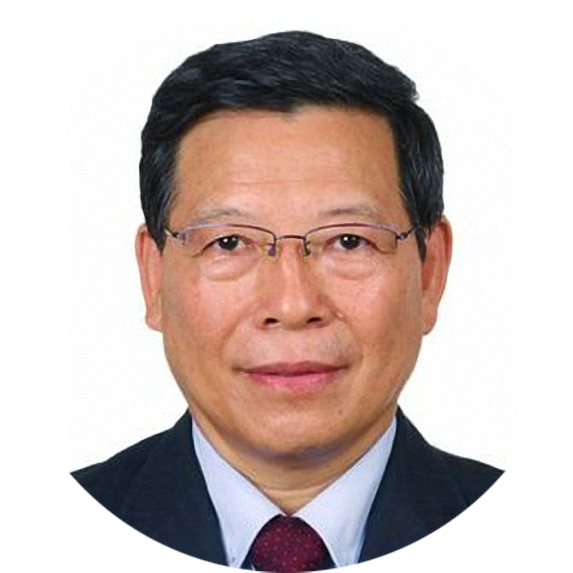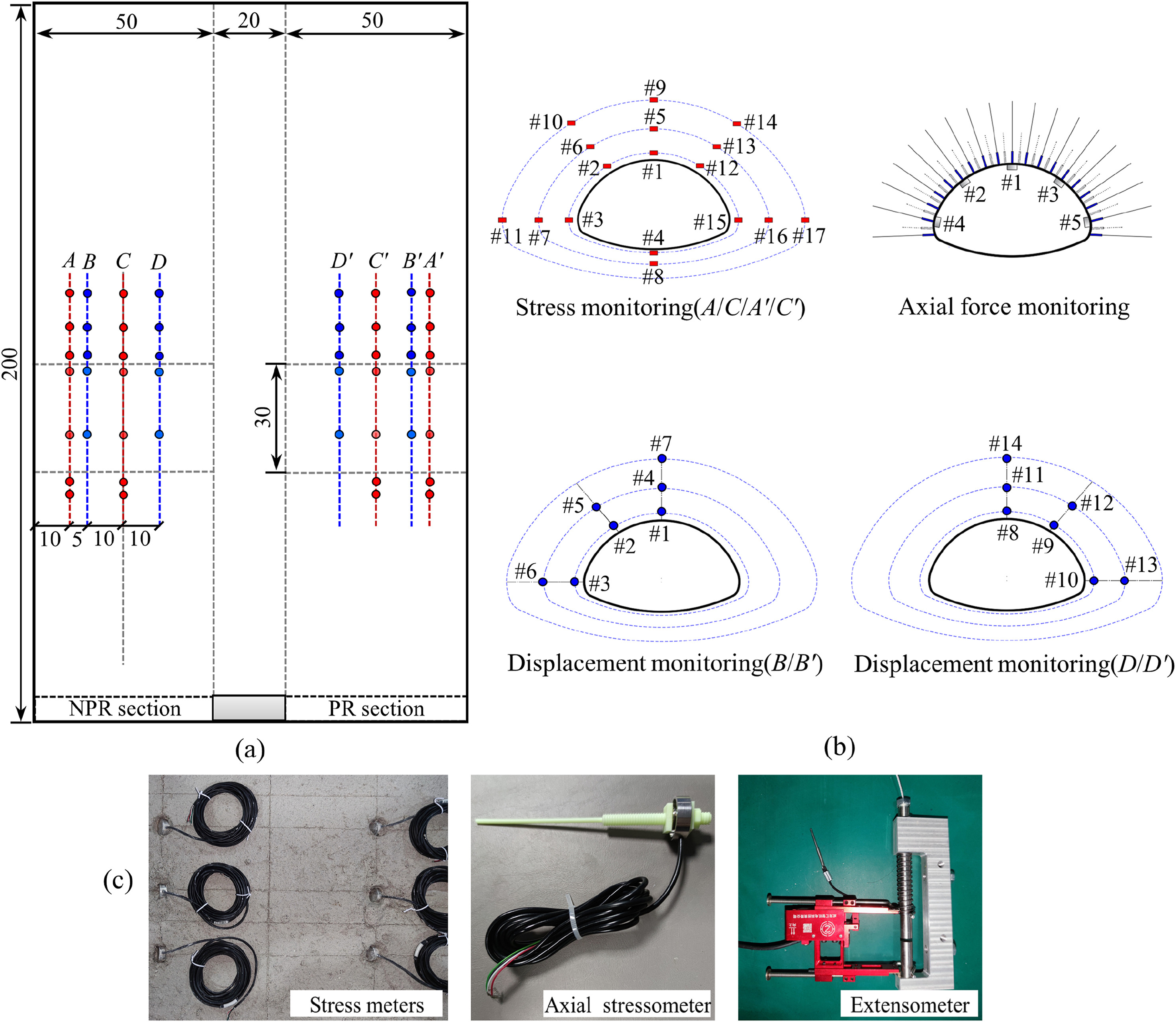JRMGE / Vol 15 / Issue 6
Model test of negative Poisson's ratio cable for supporting super-large-span tunnel using excavation compensation method
Manchao He, Aipeng Guo, Zhifeng Du, Songyuan Liu, Chun Zhu, Shiding Cao, Zhigang Tao
Show More
a State Key Laboratory for Geomechanics and Deep Underground Engineering, China University of Mining and Technology, Beijing, 100083, China
b School of Mechanics and Civil Engineering, China University of Mining and Technology, Beijing, 100083, China
c Department of Civil and Mineral Engineering, University of Toronto, Toronto, M5S 1A4, Canada
d School of Earth Sciences and Engineering, Hohai University, Nanjing, 210098, China
e Shenzhen General Integrated Transportation and Municipal Engineering Design and Research Institute Co. Ltd., Shenzhen, 518003, China
f State Key Laboratory of Geomechanics and Geotechnical Engineering, Institute of Rock and Soil Mechanics, Chinese Academy of Sciences, Wuhan, 430071, China
2023, 15(6): 1355-1369. doi:10.1016/j.jrmge.2022.10.018
Received: 2022-06-15 / Revised: 2022-09-16 / Accepted: 2022-10-16 / Available online: 2023-01-13
2023, 15(6): 1355-1369.
doi:10.1016/j.jrmge.2022.10.018
Received: 2022-06-15
Revised: 2022-09-16
Accepted: 2022-10-16
Available online: 2023-01-13
In recent years, there is a scenario in urban tunnel constructions to build super-large-span tunnels for traffic diversion and route optimization purposes. However, the increased size makes tunnel support more difficult. Unfortunately, there are few studies on the failure and support mechanism of the surrounding rocks in the excavation of supported tunnel, while most model tests of super-large-span tunnels focus on the failure characteristics of surrounding rocks in tunnel excavation without supports. Based on excavation compensation method (ECM), model tests of a super-large-span tunnel excavation by different anchor cable support methods in the initial support stage were carried out. The results indicate that during excavation of super-large-span tunnel, the stress and displacement of the shallow surrounding rocks decrease, following a step-shape pattern, and the tunnel failure is mainly concentrated on the vault and spandrel areas. Compared with conventional anchor cable supports, the NPR (negative Poisson's ratio) anchor cable support is more suitable for the initial support stage of the super-large-span tunnels. The tunnel support theory, model test materials, methods, and the results obtained in this study could provide references for study of similar super-large-span tunnels.
Keywords: Super-large-span tunnel, Excavation compensation method (ECM), NPR (Negative Poisson's ratio) anchor cable, Model test
Article Data
Author(s) Information
Prof. Manchao He
hemanchao@263.net

Dr. Manchao He is an expert in Mine Engineering and Rock Mechanics. He is an Academician in Chinese Academy of Sciences, professor at China University of Mining and Technology at Beijing (CUMTB), and the vice president at International Society for Rock Mechanics and Rock Engineering (ISRM) of the term 2015–2019. He is the director of the State Key Laboratory for Geomechanics and Deep Underground Engineering, the chairman of China National Group of ISRM, the president of Chinese Society for Rock Mechanics and Engineering (CSRME), and the chairman of the Soft Rock Engineering and Deep Disaster Control Sub-society of CSRME. He is also Chief Scientist of the Major Program of the National Natural Science Foundation of China, Chief Scientist of 973 Program and winner of National Outstanding Youth Scholar Fund. He has published 4 books and over 190 research papers. He also serves on the editorial board member of several journals, including Journal of Rock Mechanics and Geotechnical Engineering.

